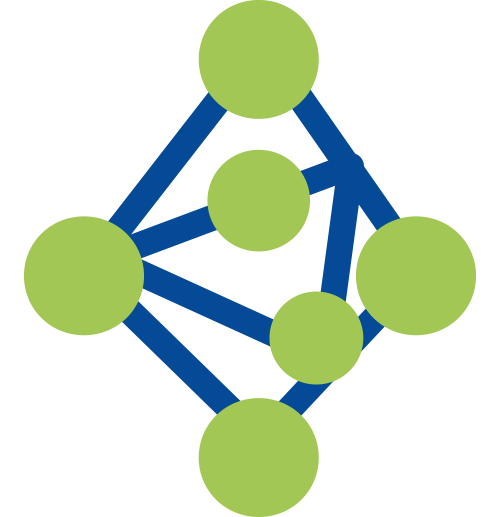2025. 07RNA合成
Renal tubular GSDME protects cisplatin nephrotoxicity by impeding OGT-STAT3-S100A7A axis in male mice
Qingzhou Chen, Pengxiao Sun, Jiaxin Zhou, Tantan Long, An Xiao, Zhuoliang Liu, Shihui Xu, Wenjing Lei, Rui Zhang, Jianwei Tian, Miaomiao Zhou, Zheng Hu, Fengxin Zhu & Jing Nie
阅读全文
ABSTRACT
Gasdermin E (GSDME) is known as a key executive protein of pro-inflammatory pyroptosis. However, the function diversity of GSDME needs further investigation. Here, we show that GSDME expression is downregulated in kidney tissues after cisplatin treatment without detectable N-terminal fragment. Global and tubule-specific Gsdme deficiency aggravates cisplatin-induced renal injury. Mechanistically, loss of GSDME in proximal tubular cells facilitates the recruitment of OGT to the CUL4B-DDB1-WDR26 E3 ubiquitin ligase complex, promoting OGT degradation and subsequently reducing STAT3 O-GlcNAcylation. This post-translational shift enhances STAT3 phosphorylation and induces upregulation of its downstream target gene, S100a7a. Elevated S100A7A promotes macrophage infiltration via RAGE activation, amplifying renal inflammation. Tubule-specific depleting S100a7a improves renal function and reduces renal injury and inflammation. These findings uncover a protective, non-pyroptotic function of GSDME in modulating O-GlcNAcylation and STAT3-S100A7A-RAGE signaling to maintain renal homeostasis under cisplatin stress in male mice.
 NGS杂交捕获DNA探针 人全外显子组探针4.0肿瘤版 人全外显子组探针4.0核心版 QuarStar 94基因泛肿瘤Panel 3.0 QuarStar 176基因泛肿瘤Panel 3.0 QuarStar 227基因融合Panel 1.0 QuarStar 515基因泛肿瘤Panel 1.0 杂交捕获RNA探针 人全外显子组探针3.0 HRD panel 建库试剂 DNA建库试剂盒 片段化试剂 磁珠法捕获mRNA试剂盒 rRNA去除试剂盒 QuarPro T4连接酶 杂交捕获试剂 DNA探针快速杂交捕获试剂 DNA探针杂交捕获试剂V2版 DNA探针杂交捕获试剂 RNA探针一管式过夜杂交试剂 RNA探针快速杂交捕获试剂 接头体系 封闭液系统 扩增子NGS BRCA超多重引物 超多重PCR试剂盒2.0 PathoSeq 450病原库 配套试剂 链霉亲和素磁珠 设备与软件 iQuars 50自动化工作站
NGS杂交捕获DNA探针 人全外显子组探针4.0肿瘤版 人全外显子组探针4.0核心版 QuarStar 94基因泛肿瘤Panel 3.0 QuarStar 176基因泛肿瘤Panel 3.0 QuarStar 227基因融合Panel 1.0 QuarStar 515基因泛肿瘤Panel 1.0 杂交捕获RNA探针 人全外显子组探针3.0 HRD panel 建库试剂 DNA建库试剂盒 片段化试剂 磁珠法捕获mRNA试剂盒 rRNA去除试剂盒 QuarPro T4连接酶 杂交捕获试剂 DNA探针快速杂交捕获试剂 DNA探针杂交捕获试剂V2版 DNA探针杂交捕获试剂 RNA探针一管式过夜杂交试剂 RNA探针快速杂交捕获试剂 接头体系 封闭液系统 扩增子NGS BRCA超多重引物 超多重PCR试剂盒2.0 PathoSeq 450病原库 配套试剂 链霉亲和素磁珠 设备与软件 iQuars 50自动化工作站 RNA合成sgRNA miRNA siRNA
RNA合成sgRNA miRNA siRNA



 引物与探针
引物与探针 基因合成
基因合成 寡核苷酸池
寡核苷酸池 CRISPR sgRNA定制文库
CRISPR sgRNA定制文库 抗体库
抗体库 突变体库
突变体库


 电话:400-017-9077
电话:400-017-9077 地址:上海市闵行区光华路248号5号楼2楼
地址:上海市闵行区光华路248号5号楼2楼 邮箱:
邮箱:







